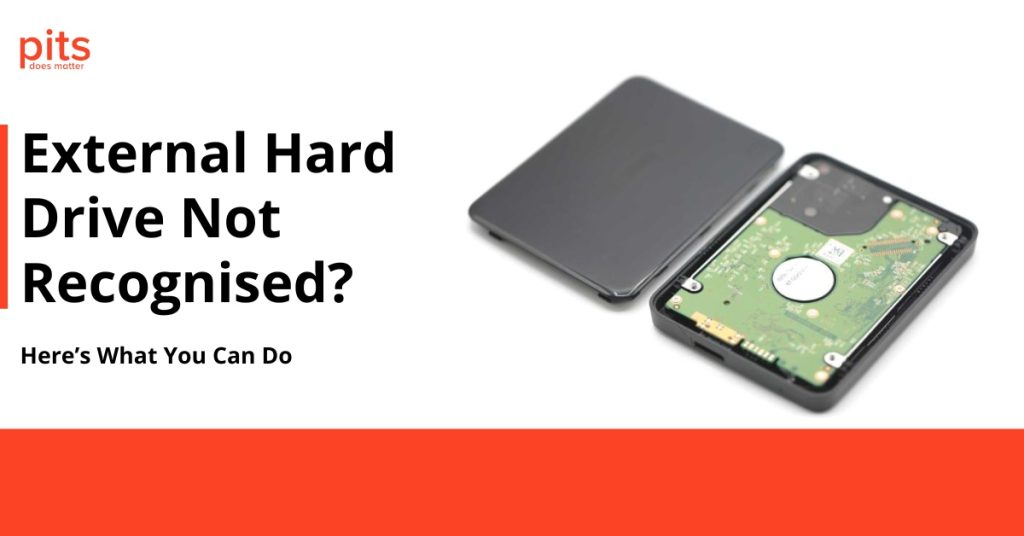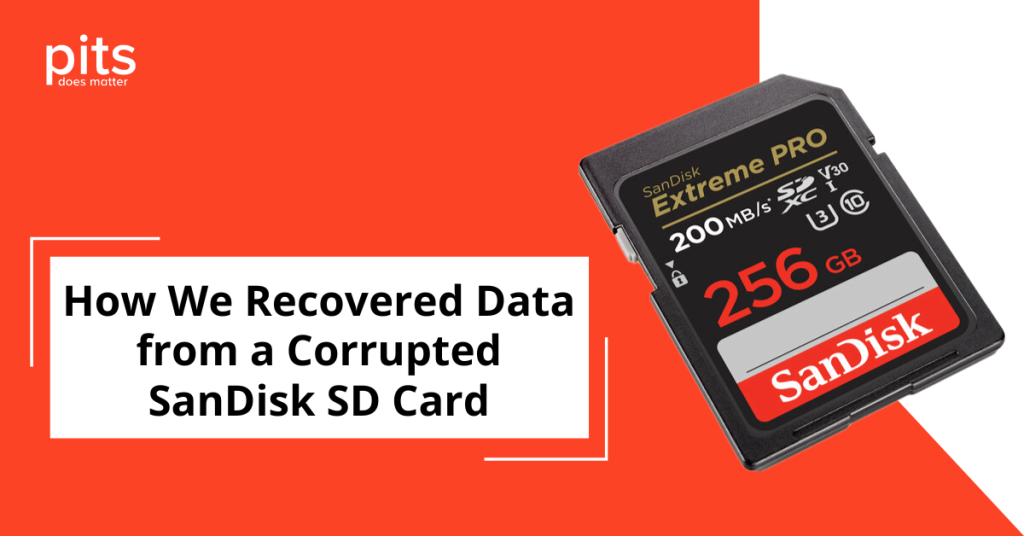In the realm of data storage, maintaining data integrity and availability is paramount. This is where RAID (Redundant Array of Independent Disks) configurations come into play. RAID amalgamates multiple hard drives into a singular logical unit, providing fault tolerance and enhancing performance.
One such configuration is RAID 50, which balances performance and data safeguarding. This introductory guide will delve into RAID 50, comprehend its operations, explore its benefits and drawbacks, and uncover data recovery options with PITS.
Understanding RAID 50
RAID 50 is a nested RAID configuration that amalgamates the characteristics of RAID 5 and RAID 0. RAID 5 offers fault tolerance by dispersing parity across multiple drives, whilst RAID 0 augments performance through block-level striping. By fusing these two configurations, RAID 50 aims to provide both data protection and enhanced performance.
In a RAID 50 configuration, multiple RAID 5 arrays are merged using RAID 0 striping. Here is a breakdown of the procedure:
The drives are divided into multiple RAID 5 arrays, each array encompassing a minimum of three drives. RAID 5 distributes parity information across the drives in the array, ensuring fault tolerance in the event of a solitary drive failure.
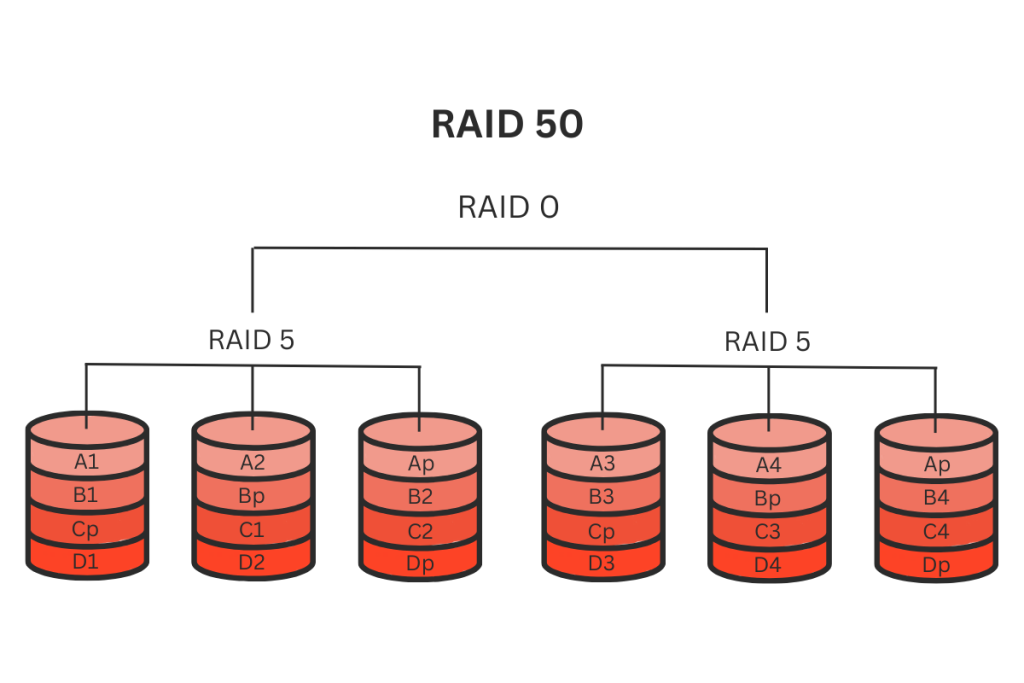
RAID 0 striping is then employed across these RAID 5 arrays. This involves segmenting data into blocks and distributing them across the drives in each RAID 5 array. Consequently, data is striped across numerous drives, heightening performance during read and write operations.
By leveraging the strengths of RAID 5 and RAID 0, RAID 50 presents a harmonised solution for data storage, furnishing data protection and improved performance.
Benefits of RAID 50
Fault tolerance: RAID 50 bestows fault tolerance by allocating parity across multiple drives. Should a drive falter, data can be reconstructed using the parity information stored on other drives within the RAID ensemble. This guarantees data accessibility even in the face of drive failure.
Enhanced performance: Through RAID 50, data is striped across several drives, enabling parallel access and heightened throughput. This culminates in improved read and write performance, rendering RAID 50 apt for applications demanding rapid data transfer.
Expandability: RAID 50 can be effortlessly scaled by adding supplementary RAID 5 arrays to the configuration. This versatility allows for amplified storage capacity and performance as necessitated.
Efficient data storage: RAID 50 maximises storage capacity utilisation by amalgamating the benefits of RAID 5 and RAID 0. It achieves fault tolerance through dispersed parity whilst optimising performance with striping.
Drawbacks of RAID 50
Minimum drive requirement: RAID 50 mandates a minimum of six drives for proper operation. It necessitates no less than three drives per RAID 5 array and at least two RAID 5 arrays for RAID 0 striping. This can inflate the initial implementation cost of RAID 50.
Complexity: In contrast to simpler RAID configurations, RAID 50 is comparatively intricate to establish and manage. It mandates meticulous planning, configuration, and monitoring to ensure peak performance and data protection.
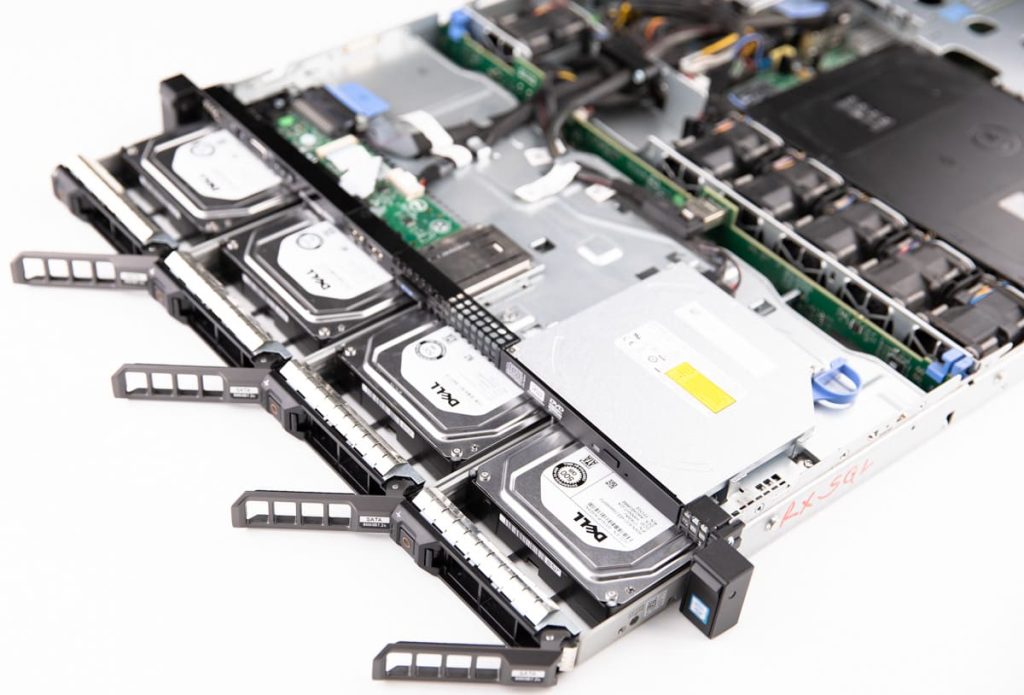
Data failure on RAID 50: Although RAID 50 affords fault tolerance, it is not invulnerable to data loss. Multiple drive failures or catastrophic events can still precipitate data loss, necessitating appropriate data recovery measures.
Data Loss on RAID 50
Notwithstanding RAID 50’s fault tolerance and data protection, it remains susceptible to data loss. Various factors can contribute to data loss in RAID 50 arrays. It is crucial to be mindful of these factors and take appropriate measures to alleviate the risks. Let us explore some common scenarios wherein data loss can transpire in RAID 50 configurations:

It is vital to recognise that whilst RAID 50 offers fault tolerance, it cannot replace regular data backups. RAID should be viewed as a single layer of data protection, and backup solutions should be instituted to guard against any catastrophic data loss scenarios.
RAID 50 Data Recovery with PITS
When data loss materialises in a RAID 50 configuration, engaging professional data recovery services becomes imperative. PITS specialises in RAID data recovery and possesses the expertise, tools, and techniques essential for data retrieval from failed RAID 50 arrays.
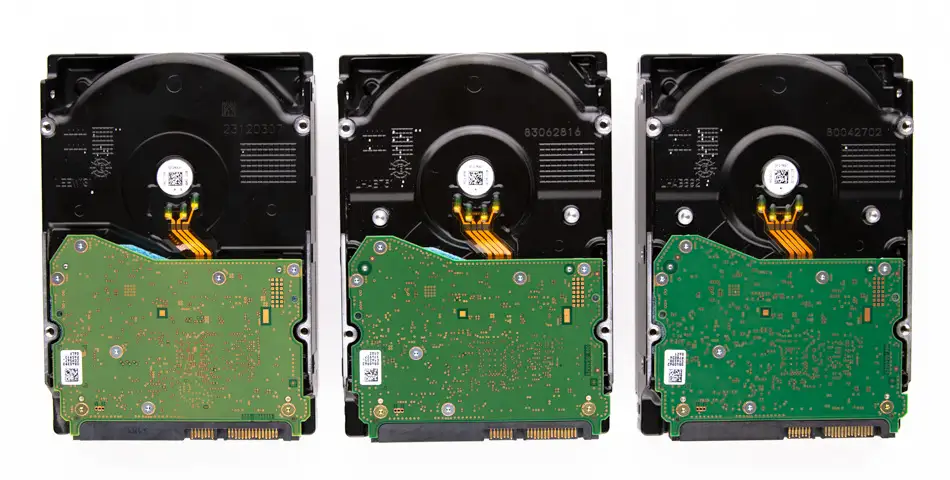
PITS employs advanced data recovery methods, incorporating specialised methods, to regain data from compromised or inaccessible RAID 50 arrays.
We possess experience in dealing with various scenarios, including RAID controller failures, multiple drive breakdowns, and logical corruption.
PITS assures your valuable data’s secure and efficient recovery, minimising downtime and potential losses.
Advantages of Utilising Our Services:
24/7 Emergency Service Availability
So if you're facing a data loss situation, don't hesitate to contact us. Our 24/7 data recovery services are available 365 days a year. Let us help you recover your precious data today.
Certified Data Recovery Laboratories
So if you're facing a data loss situation, look no further. With our certified data recovery labs and 99% success rate, we are confident that we can recover your precious data and get you back on track.
Data Recovery Services Worldwide
PITS is a leading global recovery service provider specializing in retrieving data from various storage devices. With a widespread network of locations, we offer reliable solutions to clients worldwide.
ISO Certified Class 10 Cleanroom
Our engineers work in a controlled environment to ensure the safety of your device. We recover data in ISO Certified Class 10 Cleanroom and achieve high results.
Risk-free Evaluation and Assessment
We start the process with a risk-free evaluation. Our technicians estimate the reasons for data loss and the level of damage. We select the most suitable strategy.
100% Customer Satisfaction Rate
With years in the data recovery industry, our company supports the highest customer satisfaction rate. We do everything to provide a positive experience for our clients.
In summation, RAID 50 is a potent data storage configuration that melds RAID 5’s fault tolerance with RAID 0’s performance advantages. It proffers data protection, enhanced performance, and scalability, rendering it apt for diverse applications. While RAID 50 bears merits and demerits, with prudent planning, monitoring, and data recovery measures such as those proffered by PITS, the benefits can outweigh the drawbacks, ensuring steadfast and resilient data storage.
Frequently Asked Questions
What is RAID?
RAID stands for Redundant Array of Independent Disks. It is a technology that amalgamates multiple physical hard drives into a solitary logical unit to enhance data storage performance, fault tolerance, and data protection.
What are the benefits of RAID 10?
RAID 10 presents exceptional performance due to its striping capabilities and redundancy via mirroring. It furnishes elevated read and write speeds, rendering it suitable for applications necessitating high I/O operations. RAID 10 also furnishes superior data protection as it can endure multiple drive failures without data loss.
What is RAID 50?
RAID 50 is a nested RAID configuration that fuses the traits of RAID 5 and RAID 0. It confers both data protection and enhanced performance by stripping data across multiple RAID 5 arrays.
How does RAID 50 operate?
In RAID 50, numerous RAID 5 arrays are fashioned, each necessitating a minimum of three drives. The data is dispersed across the drives within every RAID 5 array using distributed parity. Subsequently, RAID 0 striping is applied across the RAID 5 arrays, augmenting performance by permitting parallel access to data.
Are there any disadvantages associated with RAID 50?
One drawback of RAID 50 is its minimum drive requirement. It mandates a minimum of six drives to function correctly, thereby potentially elevating the initial expense. RAID 50 also entails greater complexity in setup and management compared to simpler RAID configurations. Prudent planning and vigilant monitoring are prerequisites for optimal performance and data protection.
We’re Here to Help
Our experienced team is committed to helping you recover your critical data. No matter the situation, we work diligently to ensure the best possible outcome. Take action now and let us restore what’s important to you.
Start Recovery Process
"*" indicates required fields
